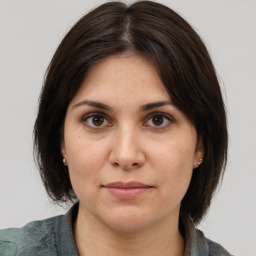Raccuja
Raccuja: a town immersed in nature
Raccuja is a town located in the metropolitan city of Messina, in Sicily, with a population of 871 inhabitants. The town is immersed in nature, surrounded by a vast territory mainly cultivated with hazelnut and olive groves. As you ascend in altitude, the vegetation changes, giving way to conifer forests and rugged rocky cliffs. The municipal territory extends from the low hills to the Nebrodi mountains, reaching an altitude of 1395 m in the "Serra di Baratta". The town is arranged along a longitudinal mountain-river axis, sloping towards the Fiumara, and is characterized by a real village that goes from the Norman castle to the noble neighborhoods and the great mother church.
History of the municipality of Raccuja
The history of the municipality is ancient and has its roots in the 6th century AD - 9th century AD, when the monastery of San Nicolò del Fico was built, belonging to the Greek rite order of San Basilio. Ruggero I of Sicily endowed the monastery with a vast and rich territory that descended from the Nebrodi mountains to the sea, through a privilege of 1144 in which Ruggero II confirmed to Abbot Blasio the donations already given to the monastery by his father. In 1296, the village appears in acts with the name ''Raccudia''. After two centuries in which it was included in the royal domain, in 1296, it became the fiefdom of the Orioles and then of the Valdina family. It later became the possession of the Branciforte family in 1552 and was raised to a county. The Branciforte family increased the production of silk and under their government, the arts and culture flourished.

An important figure in the history of Raccuja
Giuseppe Branciforti, Count of Raccuja and Prince of Pietraperzia, was an important figure in the history of the town. In the 17th century, wanting to isolate himself from court life, he established himself in an area of the Palermo countryside where he would begin the construction of villas for the great Sicilian nobility, giving rise to the current city of Bagheria, initially called "Raccuja Nuova". Many of the inhabitants of Raccuja moved to the new city, spreading the surname "Raccuia" in the variant "Raccuglia".
Conclusions
In summary, Raccuja is a town immersed in nature, with an ancient and interesting history. It played an important role in silk production in Sicily and today lives its daily reality through hazelnut and olive grove cultivations. The presence of a medieval village makes the town extremely suggestive and the surrounding territory offers multiple possibilities for excursions and trekking in nature. Raccuja is a place to visit to discover the history and culture of Sicily.
